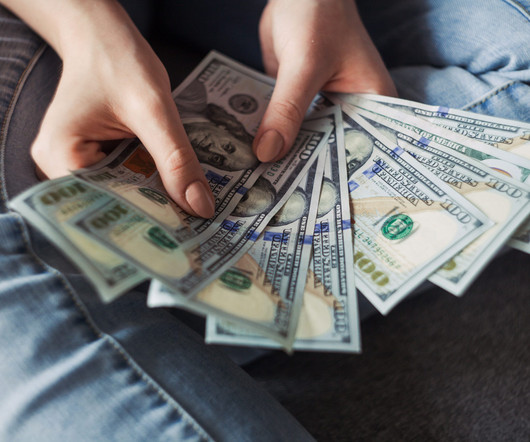How The Wealthy Make Their Money
The Horizons Tracker
AUGUST 13, 2023
“We find that there are two types of super-rich: the Old Money, with parents that are rich, and the New Money, who have higher rate of returns and saving rates that bring them to the top,” the researchers explain. of households aged 50-54 owned, on average, about 120 times the average wealth in Norway in 2015.












Let's personalize your content